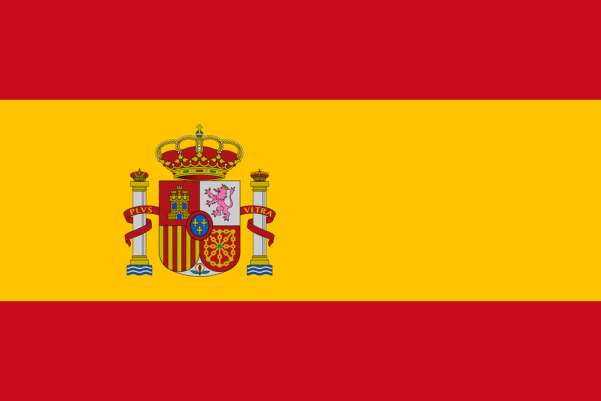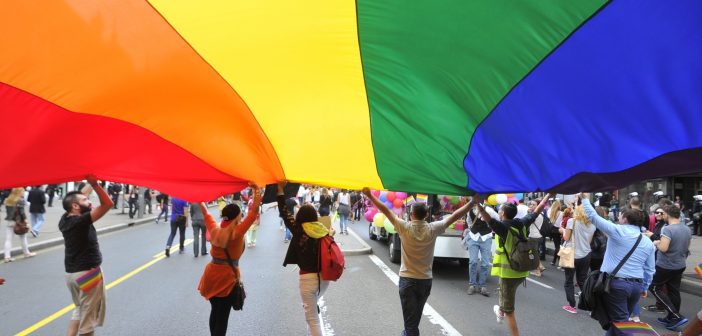Growing debate as the LGBT tag seems to add new letters by the day. Understand why
There’s been heated debate recently as to whether the LGBT acronym needs further extensions to broaden the community’s reach and ability to recognise an increasingly diverse set of groups struggling for societal representativeness.
In the UK, for example, there is a movement to propose the inclusion of a “K” to represent the culture of kinks (people sexually aroused by unusual shapes or objects). The suggestion has sparked discussion among the LGBT community, which mostly opposes an “alphabet-like approach to its communal identity”, arguing that this sort of categorisation is counterproductive, and even isolating. The theme was brought to the forefront by The
Gay UK magazine, which suggested that the broadening of the acronym was necessary to move beyond the limiting subset of homosexuality and embrace any community that defines itself as anything but heterosexual or cisgender”.
The acronym has already grown significantly over the years. The broadest version in use today is LGBTQIAP+ (Lesbian, Gay, Bi, Trans, Queer/Questioning, Intersex, Asexuals/Aromantics/Agender, Pan/Poly, and more…).
The letters are somewhat obscure to those outside those specific communities, so how about taking a closer look at what each letter stands for?
L — Lesbians: These are women, or non-binary people who most closely identify themselves with the female gender in some way, and who are attracted to that same gender.
G — Gays: Gays have historically been men, but today it’s also widely accepted that women or non-binary people use the word gay to identify themselves as people attracted to the same gender.
B — Bisexuals: People who are attracted to two or more genders.
T — Trans: People whose gender assigned at birth is different from the gender with which they identify. Even so, not all people who fit this description would identify themselves as trans; as is the case with certain transvestites, non-binary people and people who don’t live in cultures defined by two distinct genders.
Q — Queer: Some people define their gender as queer, or as genderqueer, because they choose not to (or are unable to) define themselves beyond “neither male, nor female”, or because they reject the definitive norms of being male or female. However, since queer is a word that has been tainted by derogatory connotation, it can make people uncomfortable. What’s more, the term is vague and ambiguous, making it easy to overlook people
from the community more closely affiliated with intersexuals, asexuals and aromantics.
Q — Questioning: The person is unsure about their true identity or is curious about some specific subset identity(s): a woman, for example, maybe questioning between her orientation as being bi or lesbian, while another person might say she’s questioning being bi because she’s not sure she is, but for now it’s the only
thing that fits.
I — Intersexuals: Those who, congenitally, do not fit the binary definition of being female or male, in terms of hormones, genitals, chromosomes, and/or other biological characteristics.
A — Asexuals: People who never, or rarely, feel sexual attraction.
A — Aromantic: People who never, or rarely, fall in love. The letter A also denotes all orientations from the asexual and aromantic spectrums, which includes quisexual (sexual attraction makes no sense) and akoiromantique (someone who cannot fall in love since the person they love is another person is also
akoiromantique).
A — Agender: People who do not have a gender.
P — Pansexuals: People attracted to all genders.
P — Polisexuals: People attracted to many genders (not to be confused with polyamory, which is having more than one partner in a serious relationship).
+ — The + is for non-cis people (who don’t consider themselves trans) and for all other non-straight orientations like straight people (non-binary people who are only attracted to other nonbinary people), omni people who are attracted to all genders—some people refer to themselves as omni and pan, others use omni to avoid the connotation of “gender-independent attraction”), and open-minded people (with constantly changing
attraction, an abrosexual person may be gay in some moments, asexual in others, and pansexual in others). And since there are multiple possibilities, it would be impractical to include each in the acronym.
Even so, depending on the group or person, it’s also possible for people to add or subtract letters in defining their true orientation, such as non-binary N, omni O, and/or demi D.

















